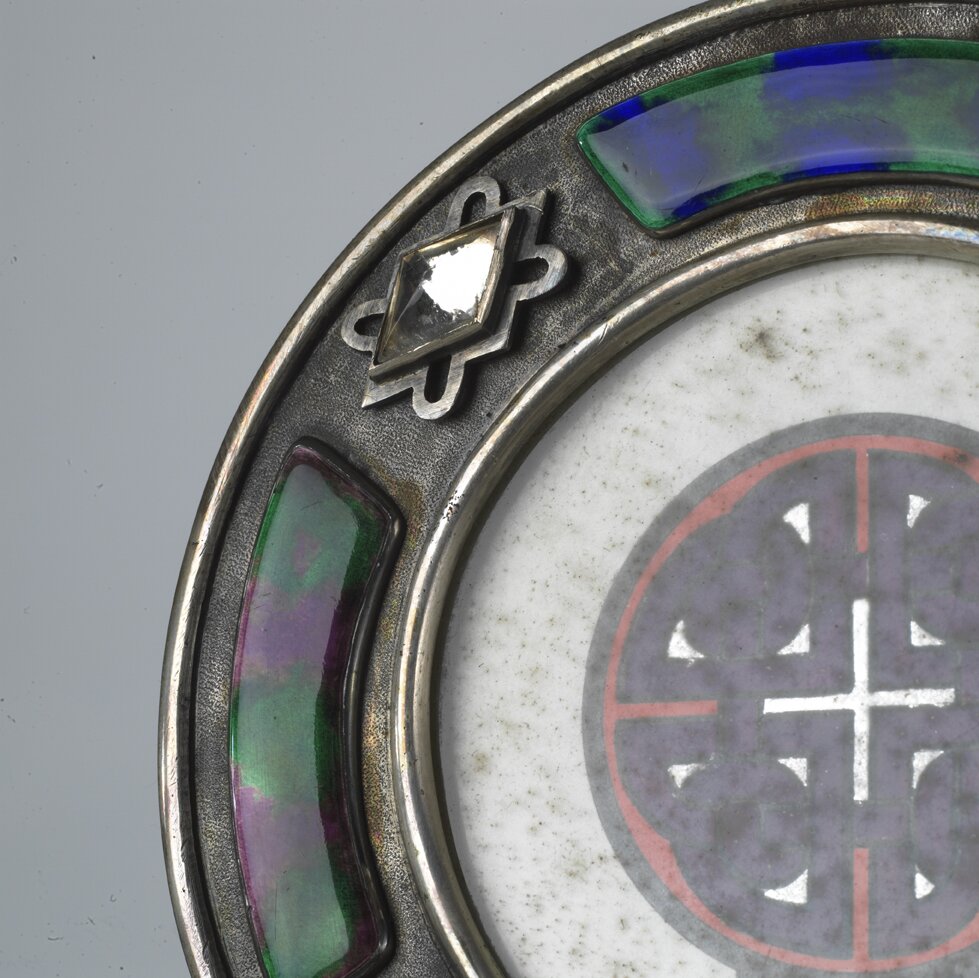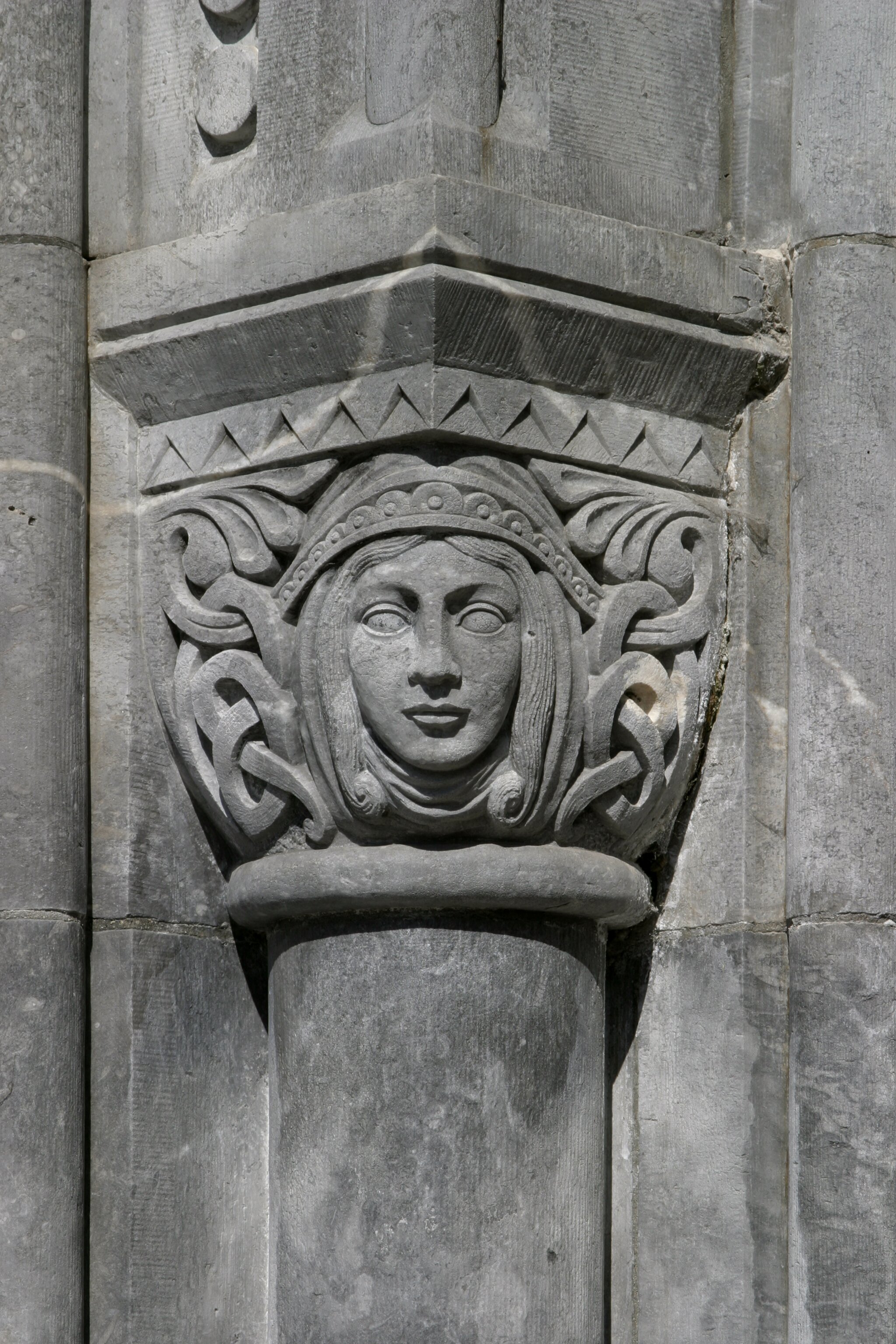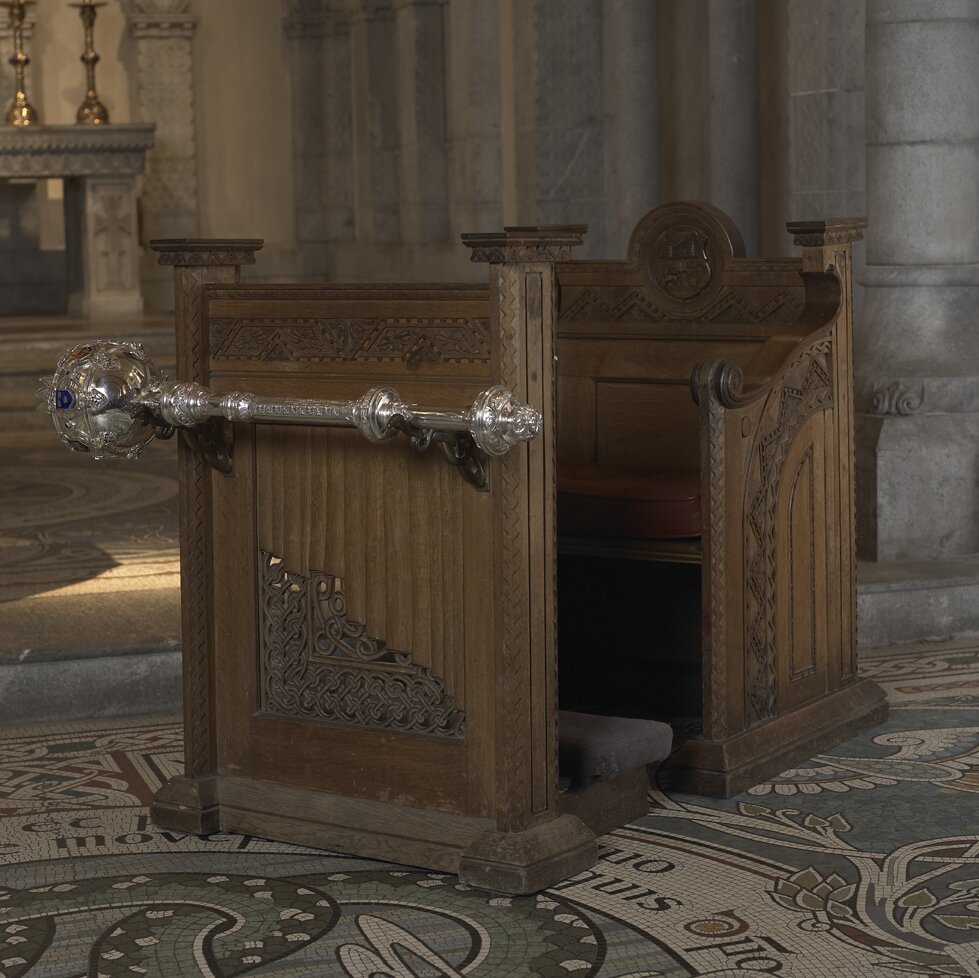From Manuscripts to Modernity: Protecting Sacred Texts in a Digital Age
In an era of rapid technological advancements, the task of preserving ancient manuscripts has evolved significantly. While physical preservation remains a priority, the digitization of sacred texts has emerged as a powerful tool to ensure their longevity and accessibility. However, this transition to modernity presents unique challenges, particularly in safeguarding the authenticity and accuracy of these texts.
Ancient manuscripts are more than historical artifacts; they are a window into the past, offering insights into cultural, religious, and intellectual traditions. Whether religious scriptures, philosophical treatises, or scientific discoveries, these texts have shaped civilizations. However, their fragile nature makes preservation a race against time.
The digitization of ancient manuscripts aims to make these treasures accessible to a global audience while protecting them from physical decay. High-resolution imaging, optical character recognition (OCR), and metadata tagging allow researchers and enthusiasts worldwide to study texts that were once confined to specific libraries or vaults.
However, digitization comes with risks:
1. Loss of Authenticity: Inaccurate transcription or translation during digitization can distort the original meaning.
2. Vulnerability to Plagiarism: Digital formats can make texts susceptible to unauthorized use or misrepresentation.
3. Technological Limitations: Advanced texts with unique scripts or degraded pages can challenge OCR systems.
In preserving the authenticity of ancient manuscripts, plagiarism detection tools play a crucial role. These tools ensure that digitized versions remain faithful to the original texts by identifying discrepancies and unauthorized alterations. For instance, tools can analyze large digital archives to compare versions and highlight inconsistencies. In the context of preserving ancient manuscripts, Paper-checker.com serves as a vital resource for maintaining accuracy and authenticity. This tool supports researchers and archivists in verifying that digital reproductions of manuscripts match the originals closely. Paper-checker.com detects variations in text and highlights potential inaccuracies, ensuring that sacred texts are represented with fidelity. By providing a platform for comparing and authenticating content, Paper-checker.com helps safeguard against errors and the inadvertent spread of altered versions, thus playing a crucial role in responsible digitization efforts.
Such technologies not only prevent the misrepresentation of sacred texts but also aid in academic research, ensuring citations and references remain accurate.
Preserving sacred texts in the digital age requires collaboration between historians, linguists, technologists, and institutions. The integration of artificial intelligence, machine learning, and anti-plagiarism software ensures that the digitization process is both accurate and ethical. Moreover, educating scholars and students about the importance of intellectual honesty helps maintain the integrity of these texts for future generations.
From fragile manuscripts to digital archives, the journey of sacred texts into modernity highlights the delicate balance between preservation and progress. By embracing technology and fostering global cooperation, we can protect the authenticity of these invaluable cultural treasures while ensuring they continue to enlighten and inspire in the digital age.






